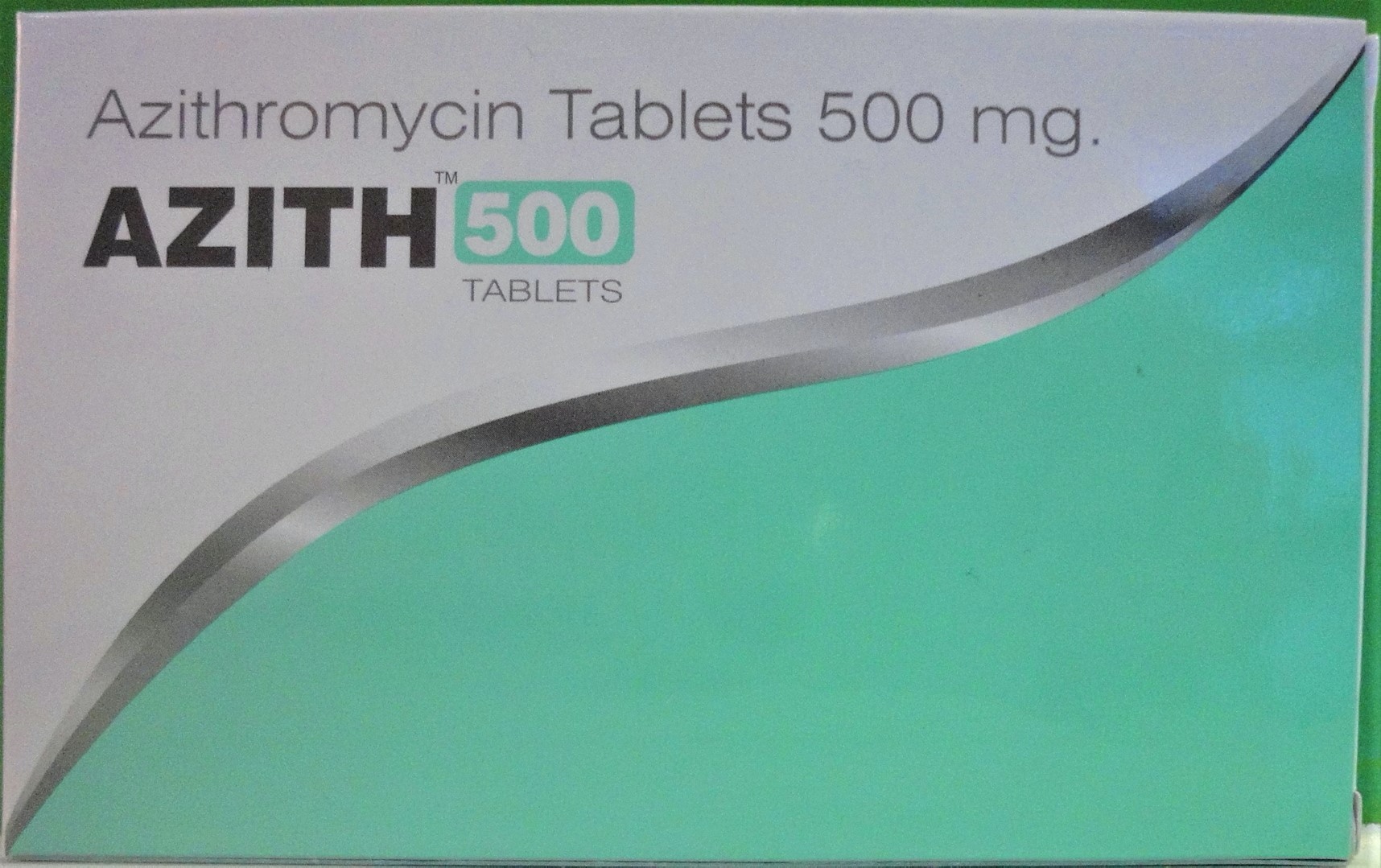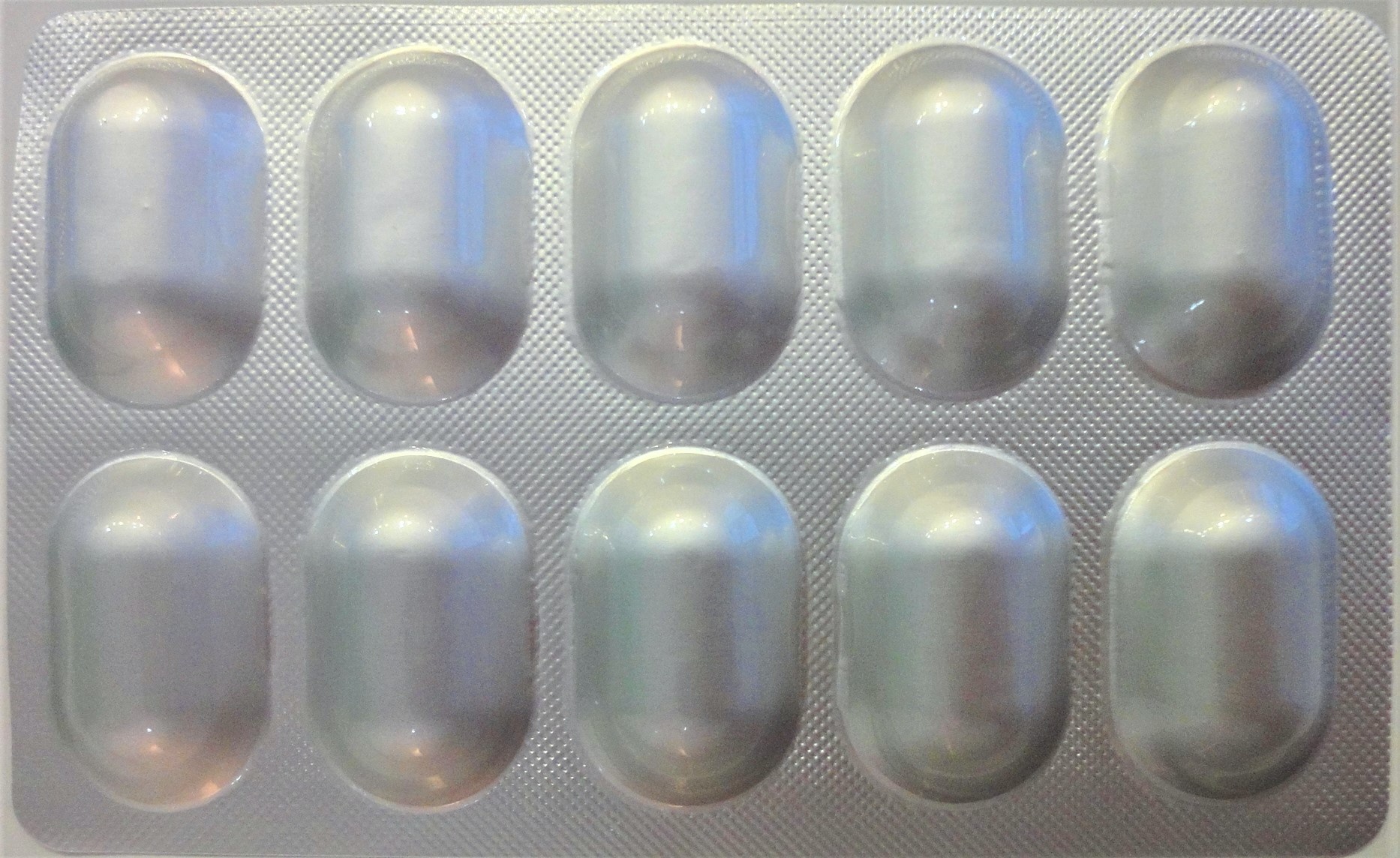AZITH Tablet
ក្រុមហ៊ុនផលិតឱសថ:
ZEE LABORATORIES, India
ក្រុមហ៊ុនចែកចាយឱសថនៅប្រទេសកម្ពុជា:
Z.H.C.L.


- សារធាតុសកម្ម
- ប្រសិទ្ធិភាពព្យាបាល និង កម្រិតប្រើប្រាស់
- ហាមប្រើ
- ផលរំខាន
- អន្តរប្រតិកម្ម
- ស្ត្រីមានផ្ទៃពោះ និង ស្ត្រីបំបៅដោះកូន
- ការប្រុងប្រយ័ត្នជាពិសេស
- សកម្មភាពឱសថ បរិយាយប័ណ្ណឱសថ
-
សារធាតុសកម្ម
-
ប្រសិទ្ធិភាពព្យាបាល និង កម្រិតប្រើប្រាស់
In the treatment of:
Lower Respiratory Tract Infections- community acquired pneumonia, acute bacterial exacerbations of chronic obstructive pulmonary disease, acute bronchitis due to H.influenza, M.catarrhalis, or S.pneumoniae.
Upper Respiratory Tract Infections- Ear, nose and throat infections like, tonsillitis, sinusitis, otitis media and pharyngitis.
Genitourinary Tract Infections- (including sexually transmitted diseases), urethritis, prostatitis, cervisitis.
Cervicovaginitis and salpingitis due to N.gonorrhoea and C.trachomatis, chlamydial conjunctivitis.
Skin& Soft Tissue Infections- Folliculitis, furuncles, carbuncles, impetigo, pyoderma, infected ulcer, infected dermititis, cellulitis and erysipelas due to S.aures, S.pyogenes or S.agalaqctiae.
Dosage and Administration:
AZITH tablets may be taken without regarding food. However increased tolerability has been observed when tablets are taken with food.
Mild to Moderate Lower Respiratory Tract Infections, Upper Respiratory Tract Infections and Uncomplicated Skin& Soft Tissue Infections:
Adults (>16 years of age): 500mg. as a single dose on the first day followed by 250mg. once daily on 2 days through 5 for a total dose of 1.5 gm. OR 500mg. once daily for 3 days.
Genital Ulcer Disease due to Haemophilus decreyi (chancroid), non-gonococcal urethritis and cervicitis due to chlamydia.
Adults (>16 years of age): 100mg. dose of Azithromycin.
Urethritis and Cervicitis due to Neisseria gonnorhoea.
Adults (>16 years of age): Single 200mg.dose of Azithromycin.
Children (<16 years of age): The usual dose for children is 10mg/kg of body weight, orally, once a day for 3 days. Alternatively after a 10mg/kg of body weight oral loading dose on the first day; therapy can be continued at a dose of 5mg/kg of body weight on subsequent 4 days. (The Drug is not recommended for the infants below 6 months of age).
-
ហាមប្រើ
In patients with a history of allergic reactions to Azithromycin or any other macrolide antibiotic.
-
ផលរំខាន
Azithromycin is well tolerated with low incidence of side effects in both adults and children. The majority of side effects were gastrointestinal in origin, with diarrhoea, abdominal discomfort, nausea, vomiting and flatulence. Occasionally reversible elevations in liver transaminases have been seen. Allergic reactions lie skin rash may occur.
-
អន្តរប្រតិកម្ម
Alminium and Magnesium containing Antacids.
Theophylline.
Warfarin.
Digoxin.
Ergotamine of dihydroergatamine.
Triazolam.
Drugs metabolized by the cytochrome P450 system.
-
ស្ត្រីមានផ្ទៃពោះ និង ស្ត្រីបំបៅដោះកូន
Pregnancy
Teratogenic Effects: Pregnancy category B. There are no adequate and well controlled studies in pregnant women. Azithromycin should be used in pregnancy only if clearly indicated.
Lactation
It is not known whether Azithromycin is excreted in human milk. Because many drugs are excreted in human milk, caution should be exercised when Azithromycin is administered to nursing women.
-
ការប្រុងប្រយ័ត្នជាពិសេស
Serious allergic reactions, including angioedema, anaphylaxis and dermatological reactions including Stevens Johnson syndrome and toxic epidermal necrolysis have been reported rarely in patients on Azithromycin therapy. If an allergic reaction occurs, the drug should be discontinued and appropriate therapy should be constituted. Physicians should be aware that reappearance of allergic symptoms might occur when symptomatic therapy is discontinued. Pseudomembranous colitis has been reported with nearly all antibacterial agents and may range i severity from mild to life threatening. Therefore it is important to consider the diagnosis in patients who present with diarrhoea subsequent to the administration of antibacterial agents.
-
សកម្មភាពឱសថ
Azithromycin acts by binding the 50s ribosomal sub units of susceptible organisms and thus interferes with microbial protein synthesis.
Antimicrobial Activity
Gram Positive Organisms: S.aureus (beta-lactamase and non-beta-lactamase producing), S.pneumoniae, S.pyogens and other streptococcus species.
Gram Negative Organisms: H.influenza, H.ducreyi, N.gonorrhoea, N.meningitidis, M.catarrhalis, E.coli, s.typhii, B.pertussis, B.parapertusis.
Atypical Pathogens: C.pneumoniae, C.trachomatis, M.pneumoniae, U.urealyticum, L.pneumophila, M.hominis.
Anaerobic Bacteria: B.fragilis, C.perfringens, peptococcus species, peptostreptococcus species, Fusobacterium, Propionibacterium.
Others: Myobacerium ssp., T.pallidum, B.burgdoferi.
*ព័ត៌មានឱសថត្រូវបានរៀបរៀងដោយ អ៊ីម៉ាតុគឹ មេឌីក (ខេមបូឌា) ដោយផ្អែកលើប្រភពព័ត៌មានខាងក្រោម។ សម្រាប់ព័ត៌មានលម្អិត សូមស្វែងរកនៅក្នុងក្រដាសព័ត៌មាននៃឱសថនីមួយៗ ឬ សាកសួរទៅកាន់ក្រុមហ៊ុនឱសថឬតំណាងចែកចាយនៃឱសថនីមួយៗ។
ប្រភពព័ត៌មាន៖
- ក្រដាសព័ត៌មាននៃឱសថសម្រាប់អ្នកជំនាញវេជ្ជសាស្ត្រដែលប្រើប្រាស់នៅប្រទេសជប៉ុន (Pharmaceutical and Medical Devices Agency, Pmda): https://www.pmda.go.jp
- ព័ត៌មានសង្ខេបនៃឱសថសម្រាប់អ្នកជំងឺដែលប្រើប្រាស់នៅប្រទេសជប៉ុន: http://www.rad-ar.or.jp
